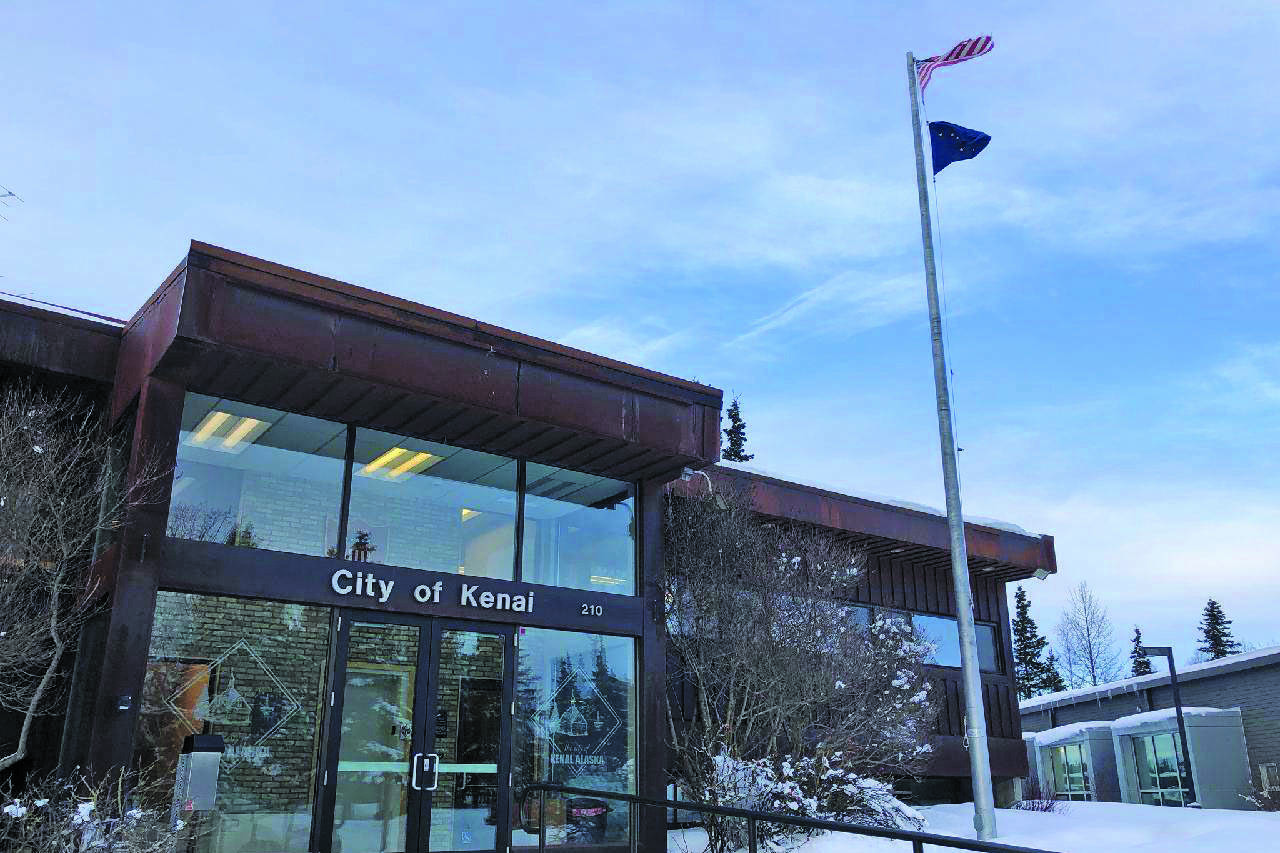A new sand storage facility will be built at the Kenai Municipal Airport following city council approval on Wednesday.
The facility, which will house sand and the airport’s snow removal equipment, will be mostly funded by the Federal Aviation Administration and will be about 5,600 square feet.
The sand used on the runway by the airport contains calcium and salt, which can degrade concrete, so the concrete used in the new building will be of a higher strength and will be resistant to some chemicals, said Kenai City Council member Henry Knackstedt. Currently, the sand is stored in an airport building that is not insulated, leaving it vulnerable to freezing, which damages equipment trying to dig into it.
The total project cost is $2,835,263, which includes $265,681 for the design, $2,289,000 for construction and $190,332 in construction administration services. Orion Construction Inc. will be responsible for construction and HDL Engineering will be responsible for construction administration services.
According to an Aug. 11 memo from Kenai Public Works Director Scott Curtin to the council, the project is being broken up into two phases so that the city can make the most of available federal grants. The city received $1,954,101 from the FAA for the project, which Kenai City Manager Paul Ostrander said was about $1 million more than they were expecting.
After FAA grants are applied, the city’s contribution to the project will be about $60,000 to be paid for by the city, which will be mostly covered by CARES Act funds.
The second phase is expected to begin next year.
In a September memo, Curtin said that the city is planning on applying for a second FAA grant in order to make up for the cost difference.
“The balance of the cost difference between the total project costs and the grant just received is anticipated to be funded by the FAA under a second grant in their new fiscal year, and will likely be available sometime in May 2021,” the memo reads.
Whether or not facility construction will take place this year or next will be up to the contractor. One concern about starting during the fall or winter months is that concrete poured when it is cold outside can crack, Knackstedt said.
Reach reporter Ashlyn O’Hara at ashlyn.ohara@peninsulaclarion.com

